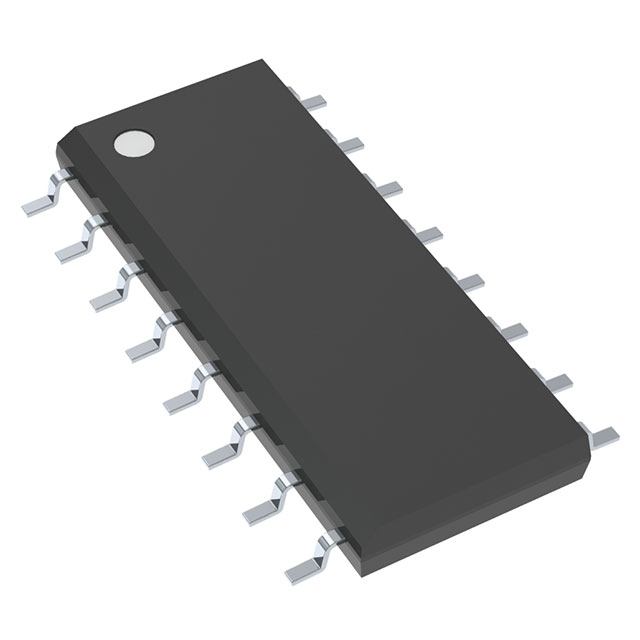
UCC28061DRG4
UnknownIC PFC CTRL TRANS 500KHZ 16SOIC
Deep-Dive with AI
Search across all available documentation for this part.

UCC28061DRG4
UnknownIC PFC CTRL TRANS 500KHZ 16SOIC
Deep-Dive with AI
Technical Specifications
Parameters and characteristics for this part
| Specification | UCC28061DRG4 |
|---|---|
| Current - Startup | 100 µA |
| Frequency - Switching | 500 kHz |
| Mode | Discontinuous (Transition) |
| Mounting Type | Surface Mount |
| Operating Temperature [Max] | 125 °C |
| Operating Temperature [Min] | -40 °C |
| Package / Case | 16-SOIC |
| Package / Case [x] | 0.154 in |
| Package / Case [y] | 3.9 mm |
| Supplier Device Package | 16-SOIC |
| Voltage - Supply [Max] | 21 V |
| Voltage - Supply [Min] | 14 V |
Pricing
Prices provided here are for design reference only. For realtime values and availability, please visit the distributors directly
| Distributor | Package | Quantity | $ | |
|---|---|---|---|---|
| Digikey | Tape & Reel (TR) | 2500 | $ 1.66 | |
| 5000 | $ 1.60 | |||
Description
General part information
UCC28061-Q1 Series
Optimized for consumer applications concerned with audible noise elimination, this solution extends the advantages of transition mode—high efficiency with low-cost components—to higher power ratings than previously possible. By utilizing a Natural Interleaving technique, both channels operate as (that is, there is no slave channel) synchronized to the same frequency. This approach delivers inherently strong matching, faster responses, and ensures that each channel operates in transition mode.
Complete system-level protections feature input brownout, output over-voltage, open-loop, overload, soft-start, phase-fail detection, and thermal shutdown. The additional FailSafe over-voltage protection (OVP) feature protects against shorts to an intermediate voltage that, if undetected, could lead to catastrophic device failure.
Optimized for consumer applications concerned with audible noise elimination, this solution extends the advantages of transition mode—high efficiency with low-cost components—to higher power ratings than previously possible. By utilizing a Natural Interleaving technique, both channels operate as (that is, there is no slave channel) synchronized to the same frequency. This approach delivers inherently strong matching, faster responses, and ensures that each channel operates in transition mode.
Documents
Technical documentation and resources
No documents available


